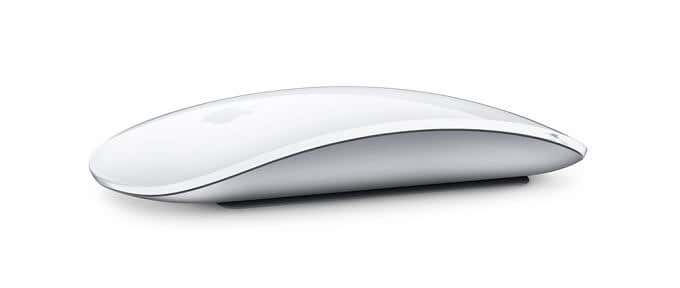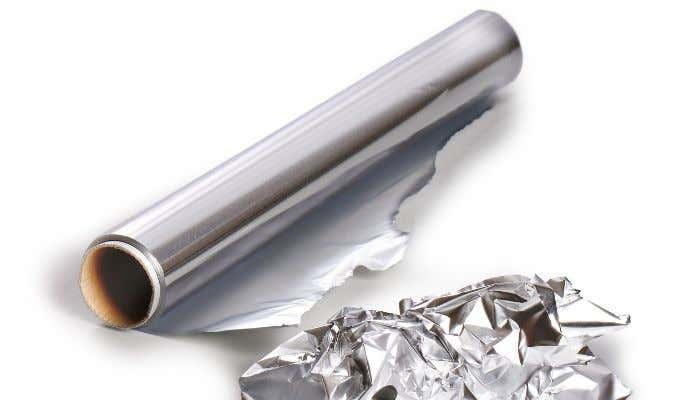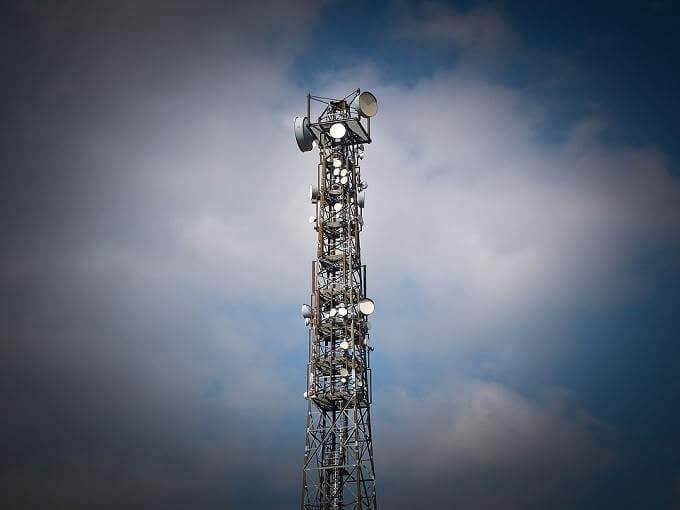Sorry, cheese will not help you
Apple’s Magic Mouse is in many ways one of the most innovative mouse designs in recent history. However, as many users have experienced, it can also be an inexplicably tricky mouse to work with when it decides to be difficult.
If your Magic Mouse refuses to connect or it acts strangely when scrolling or moving, here are some common issues and fixes for Apple’s soap bar rodent.

Is Everything On And Charged?
Let’s start with the basics. Is your Mac on? Is Bluetooth switched on? Is the Magic Mouse charged? If your mouse uses removable batteries, consider checking and replacing them as well.
Basically, go over the fundamental things that may seem too basic to overlook. It might feel a little basic, but you’d hate to spend a lot of time troubleshooting the problem only to realize it was as simple as toggling the power switch on your mouse.

Which is also something you should do as part of basic troubleshooting. Toggle the power switch on the mouse on and off, and check whether the LED light flashes as expected. If not, and you have replaced or charged the battery, you might need to get in touch with Apple.
Is It The Magic Mouse?
Don’t assume that it’s the mouse at fault. Try to narrow the problem down to the particular mouse or the computer with which you’re trying to use it. Connect the Magic Mouse to another compatible device to see if the problem persists.
If you have another mouse, you can also connect that to the first computer to see if your mouse problems also present themselves with a different mouse. If you’re on a MacBook, make sure that the trackpad is working properly, since some issues might be shared between the two pointing devices if the problem is with macOS itself. This is a quick way to figure out which component is the real culprit.
Check For Loose Battery Connections
This only applies to the first-generation Magic Mouse, which uses removable batteries. These mice are notorious for developing loose battery connections. If you lift and replace the mouse, for example, the batteries briefly disconnect, causing the mouse to reset.

It’s incredibly frustrating and there are plenty of homebrew fixes out there. It seems one of the most successful ones is to put a small, folded piece of aluminum foil between the battery terminal and the battery. Some rechargeable batteries are also slightly thicker and taller than disposables, which might mitigate the issue.
Is The Mouse Paired?
If this is the first time you’re using your Magic Mouse with a particular Mac, you’ll need to pair it. If it’s already paired with another Mac, you’ll need to unpair it first.
The pairing procedure is also different for Apple’s newer Magic Mouse 2 and the original model. Since there are so many different combinations of devices you might have, it’s best to check out Apple’s Official Setup Guide for the Magic Mouses and other wireless Apple peripherals.
Are There Sources Of Interference?
Your Magic Mouse uses Bluetooth, which is a form of digital radio. While modern digital radio connections are pretty good at cutting through interference, if there are too many sources of interference on the same frequency the mouse will have trouble connecting.

Lots of independent WiFi hotspots, a large number of Bluetooth devices, and analog radio interference from powerful electrical sources could all be at fault. If your Magic Mouse has trouble connecting in one location, but not in others, there’s a good chance the problem is with excessive interference. The only solution here would be to reduce the interference or relocate your computer if possible. If neither of those is an option then you’ll have to use a wired solution instead.
Is The Mouse Tracking Properly?
If the problem isn’t that your Magic Mouse won’t connect at all, but that the pointer moves in an erratic function, you might actually just have a dirty sensor. Optical mice use a tiny camera along with an internal light to look for changes in the surface the mouse is moving over. All you need to do is use a damp earbud to gently clean the sensor’s lens.

Tracking issues can also be caused by the surface you’re using for the mouse. Glass surfaces are often hard for mice to work on, for example. Try a mousepad or just your pants to see if the problem goes away.
Finally, another common cause of tracking problems is interference or weak signal. Move the mouse closer to the computer or check for sources of interference as described in the previous section.
Common Magic Mouse Scrolling Fixes
So your Magic Mouse was scrolling just fine the last time you used it, but now it suddenly doesn’t! There can be a lot of different reasons for this, but there are some common fixes that people who run into this problem swear by. Most of them are quick and easy to try, so they are worth a shot!
- Turn the mouse off and then on again
- Toggle your Mac’s Bluetooth on and off
- Reboot your Mac
- Unpair and pair the mouse
- Set mouse scrolling to “without inertia” under Apple Menu>System Preferences>Accessibility>Mouse & Trackpad
If none of these work, the last resort would be to check for macOS updates, in the hope that it’s some sort of bug that has been fixed. If your Magic Mouse still won’t scroll on your Mac (or anywhere else) then you’ve probably done enough to warrant asking Apple to have a look at it.
Magic Mouse Alternatives
If your Magic Mouse has actually given up the digital ghost, you might want to consider replacing it with an alternative. There are many excellent pointing devices that work a treat with macOS and even offer functionality that the Magic Mouse lacks.

We’re particularly fond of the MX Master Mouse series from Logitech. They are ergonomic, have lots of buttons, and offer the ability to quickly switch between devices. We’ve tested the MX Master 2S with a Mac, Macbook, and iPad at the same time. Simply press a button and you’ll instantly move to the next device.
The Apple Magic Trackpad 2 is a superior option compared to the Magic Mouse 2 when it comes to gestures and working with limited desk space. Trackpads aren’t great for use cases such as video gaming, but professional users may find that it’s a better overall choice than the Magic Mouse.
If you’re still using a Magic Mouse 1 you’ll also be pleasantly surprised by the improvements in the Magic Mouse 2. Not least of which is the end of those annoying loose battery problems and a host of other small bugs Apple fixed with the second-generation device.
Whichever you choose, we hope you’re back to work as soon as possible!




